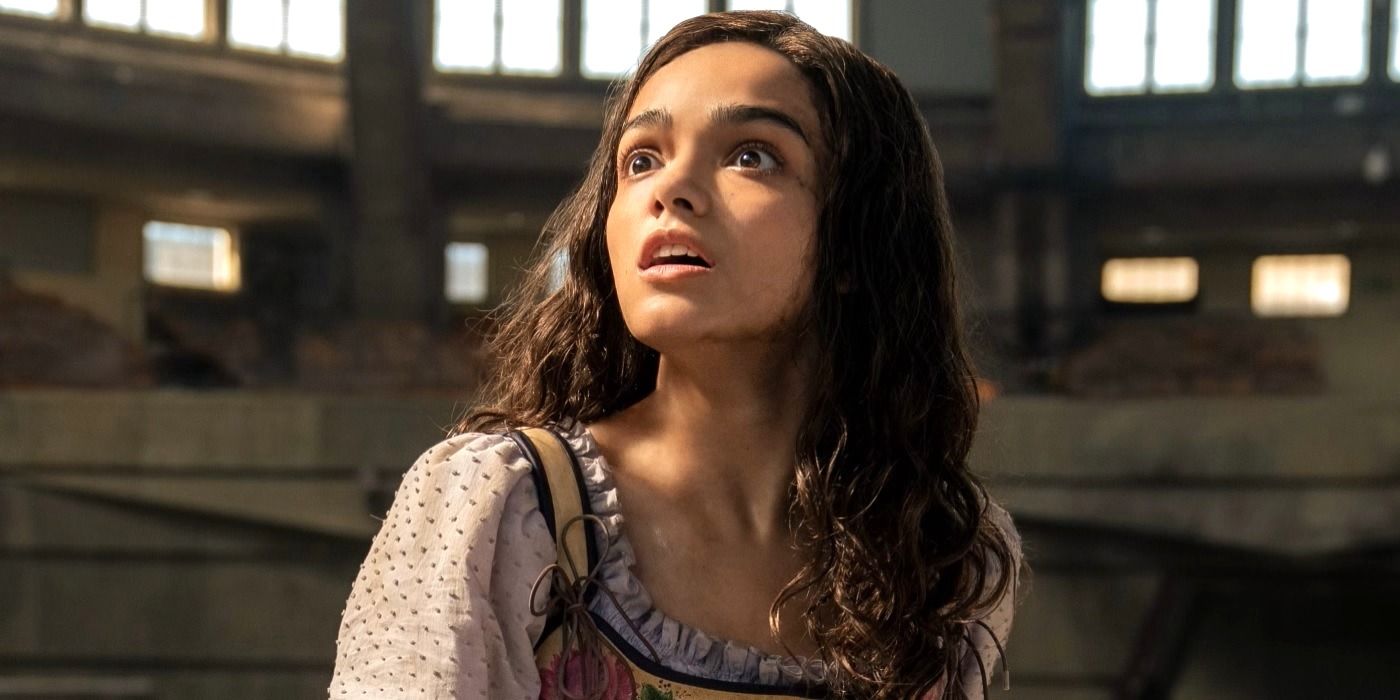Following the release of The Hunger Games: The Ballad of Songbirds and Snakes, both the film and book have garnered significant attention. This prequel provides a detailed look at the origins of Coriolanus Snow and his complex relationship with Lucy Gray Baird. Although the film adaptation has its merits, the book offers deeper character insights and richer backstories, particularly for the following eight characters.
8. Coriolanus Snow (Tom Blyth)
In Suzanne Collins’ novel, Coriolanus Snow’s inner thoughts offer profound insights into his psyche, revealing the layers of ambition and moral compromise that drive him. Through his internal monologue, readers witness his gradual descent into darkness, providing a nuanced understanding of his character.

Conversely, the film adaptation, while compelling, struggles to convey this complexity, relying more on visual cues and external actions to depict Snow’s character arc. As a result, the depth of his motivations and the intricacies of his moral decline may not resonate as strongly with viewers as they do with readers.
7. Lucy Gray Baird (Rachel Zegler)
In “The Ballad of Songbirds and Snakes,” Lucy Gray Baird emerges as a multifaceted character with a rich backstory and complex relationships. Collins delves deep into her history, exploring her connections to the Covey and her entanglement with Coriolanus Snow. Through vivid descriptions and intimate moments, readers come to understand the depth of Lucy Gray’s character and the challenges she faces.

However, the film adaptation, constrained by its runtime, struggles to fully explore Lucy Gray’s complexities. While Rachel Zegler delivers a captivating performance, the movie may not capture all the nuances of her character, leaving some aspects of her story less developed than in the book.
6. Clemensia Dovecoat (Ashley Liao)
In the book, Clemensia Dovecoat’s character offers a chilling portrayal of the Capitol’s callousness, serving as a haunting reminder of the oppressive regime’s reach. Her tragic demise in the novel serves as a poignant commentary on the perils faced by even those within the Capitol’s confines, shedding light on a crucial theme often overlooked in the film adaptation.

Through Clemensia’s narrative arc, the book delves deeper into the complexities of life under the Capitol’s rule, illustrating the pervasive influence of tyranny and the devastating consequences it exacts on its own citizens.
5. Dr. Volumnia Gaul (Viola Davis)
Viola Davis’s portrayal of Dr. Volumnia Gaul offers a glimpse into the character’s intricate psyche, yet the novel delves even further into her cunning and sinister nature.

Within the pages of the book, Dr. Gaul’s manipulation and malevolence are more pronounced, providing readers with a clearer understanding of her formidable influence over President Snow and her pivotal role in shaping the dystopian world of the Hunger Games. By exploring Dr. Gaul’s character in greater depth, the novel offers a nuanced exploration of power dynamics and the morally ambiguous figures who wield them.
4. Dean Highbottom (Peter Dinklage)
Dean Highbottom’s character in the book is depicted with layers of complexity and inner conflict that the film doesn’t fully explore. While the movie presents him in a sympathetic light, the book delves deeper into his moral ambiguity and his intertwined past with the Snow family, shedding light on the shades of gray in his character.

In the novel, Dean Highbottom’s culpability and his connections to the Snow family are more pronounced, offering a nuanced critique of his actions and motivations. His portrayal in the book invites readers to question his decisions and ponder the ethical dilemmas he faces, adding depth to his character and the narrative
3. Reaper (Dimitri Abold)
The depiction of Reaper in the book offers a more intricate portrayal compared to the film’s representation. Within the pages, Reaper’s final moments in the arena are depicted with a raw emotional intensity, showcasing the inner turmoil and moral conflicts experienced by the tributes.

Dimitri Abold’s character in the novel navigates complex moral dilemmas and strategic maneuvers, providing insight into the psychological toll of the Hunger Games that the film glosses over. His actions and decisions in the arena reflect the profound emotional depth present in the book, enriching the narrative and engaging readers on a deeper level
2. Maude Ivory (Vaughan Reilly)
Maude Ivory, portrayed by Vaughan Reilly, represents a familial link to Lucy Gray within Suzanne Collins’ “The Ballad of Songbirds and Snakes.” While the film acknowledges her presence, it fails to delve into the intricate dynamics between Maude and Lucy Gray, missing the chance to explore how their relationship shapes the narrative.

Maude’s role as a bridge between Katniss and the Covey, although present in the film, lacks depth without exploring her influence on the unfolding events in District 12.
1. Grandma’am (Fionnula Flanagan)
Grandma’am, portrayed by Fionnula Flanagan, holds significant sway over Coriolanus Snow in the novel, shaping his perception of the Districts and the Capitol. Through her daily rituals and historical anecdotes, the book provides insight into her profound impact on Snow’s aspirations and ideologies, a dimension largely overlooked in the film adaptation.

Her absence in certain scenes and the omission of her narratives in the movie result in a less nuanced portrayal of Snow’s development and the socio-political landscape of Panem.
The Ballad of Songbirds and Snakes offers a profound exploration of character development and moral complexity that is sometimes lost in the transition from book to film. These eight characters, in particular, demonstrate how the novel format can provide a deeper understanding of their motivations and struggles, enhancing the overall narrative of the Hunger Games universe.




